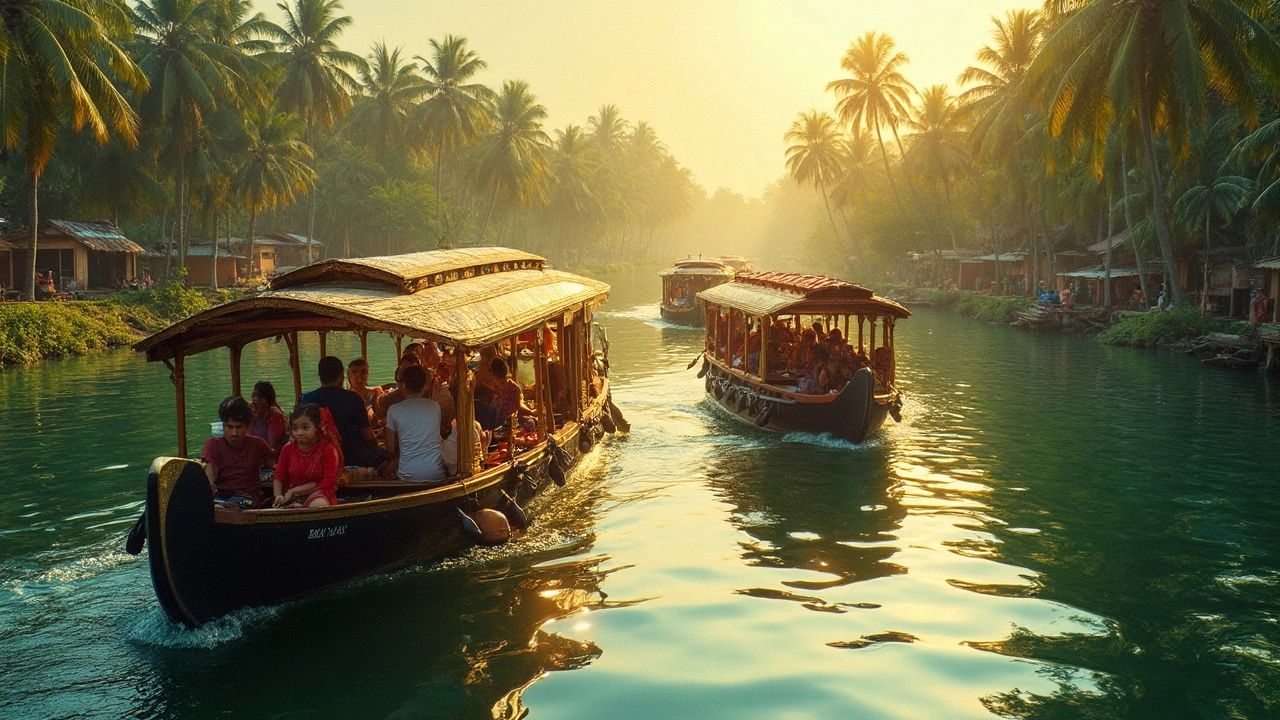Kerala Attractions: Best Nature, Culture, and Adventure Spots
When people talk about Kerala, a southern Indian state known for its serene backwaters, spice-scented hills, and temple-lined rivers. Also known as God’s Own Country, it’s not just a destination—it’s a slow, sensory experience that pulls you into its rhythm. Unlike the crowded streets of North India, Kerala moves at its own pace. You’ll find fishermen hauling nets at dawn on the backwaters, monks chanting in 500-year-old temples, and coconut trees swaying over beaches where no one is selling anything.
What makes Kerala attractions special isn’t just the scenery—it’s how they connect. The backwaters, a network of lagoons and lakes linked by canals, mostly in Alleppey and Kumarakom aren’t just tourist rides. They’re lifelines. Locals live on houseboats, sell fresh jackfruit from floating markets, and guide you past kingfishers without saying a word. Then there’s the temple tourism, deeply tied to Kerala’s unique rituals, architecture, and festivals like Onam. Temples here don’t just welcome visitors—they invite you to sit, smell the incense, and watch the oil lamps flicker in rhythm with the chants. And if you’re looking for something wilder, the Western Ghats, a UNESCO-listed mountain range running through Kerala, home to rare wildlife and hidden trekking trails offer trails where you might spot a lion-tailed macaque or stumble upon a waterfall nobody maps.
These aren’t just places you visit—they’re moments you feel. Whether you’re floating on a houseboat at sunset, eating banana leaf rice in a village kitchen, or hiking through misty tea estates near Munnar, Kerala gives you space to breathe. The posts below cover the real details: which beaches are actually quiet, which temple rituals you can join, how to find authentic Ayurvedic retreats without the tourist markup, and why the backwaters are better explored by local boatman than by cruise. You won’t find generic lists here. Just what works, what’s worth your time, and what most travelers miss.
